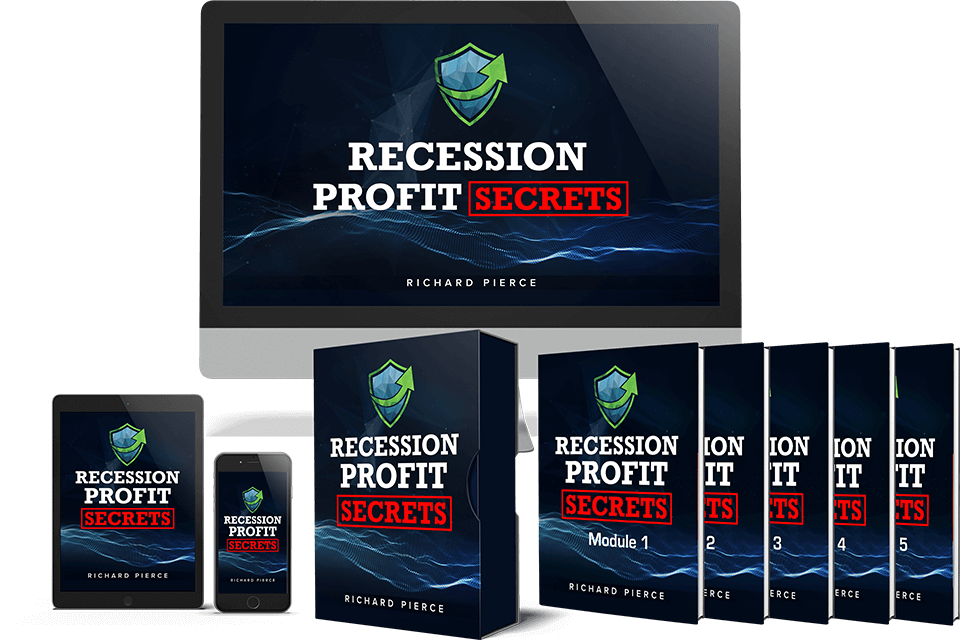1. Introduction
In the digital marketing landscape, ranking high on Google is paramount for visibility and traffic. For any website or online business, targeting the right keywords is one of the most effective ways to reach the top of search engine results pages (SERPs). When chosen strategically, keywords allow your website to appear in relevant searches, attract more visitors, and ultimately boost conversions. Here, we’ll dive into the fundamentals of keyword research, uncover the types of keywords that deliver results, and explore tips to integrate high-ranking keywords into your SEO strategy.
2. What Are SEO Keywords?
SEO keywords are specific words or phrases that describe the content on your webpage and align with terms potential visitors might enter into search engines. Think of these as the bridge between your content and the user’s search query. Keywords help search engines like Google understand what your webpage is about, making it easier for users to find relevant content. Proper keyword selection isn’t just about increasing traffic; it’s about attracting the right audience, who are more likely to engage with and benefit from what you offer.
3. Why Choosing the Right Keywords Matters
Selecting the right keywords is essential because it affects everything from website traffic to your conversion rate. By choosing keywords that align closely with user intent, you make it easier for Google to connect searchers with your content. Relevant keywords improve your chances of ranking on the first page, where the majority of clicks occur. Focusing on these keywords not only increases visibility but also improves the likelihood that users visiting your page will engage with the content, subscribe to a newsletter, or make a purchase.

4. Types of Keywords for SEO
Understanding the types of keywords helps you diversify your approach and reach a broader audience. Here’s a breakdown:
- Short-tail Keywords: These are short, broad keywords usually consisting of one or two words, such as “fitness tips.” They have high search volumes but are highly competitive.
- Long-tail Keywords: These keywords contain three or more words, such as “home workout tips for beginners.” Long-tail keywords attract highly targeted audiences and are easier to rank for.
- LSI (Latent Semantic Indexing) Keywords: These are keywords related to your main keyword, which help Google understand the context of your content. For instance, LSI keywords for “digital marketing” might include “SEO strategies” or “content marketing.”
- Branded vs. Non-Branded Keywords: Branded keywords include your company’s name or brand-specific terms, while non-branded keywords are general search terms relevant to your industry.
5. Researching High-Ranking Keywords
Keyword research is foundational to building an effective SEO strategy. The process involves identifying keywords that are not only relevant to your content but also have a high potential for ranking. Begin by brainstorming terms that are directly related to your business. From there, use tools like Google Keyword Planner or SEMrush to explore related terms, examine search volumes, and assess competition levels. Focusing on a mix of high-volume and niche-specific keywords helps you maximize your reach while maintaining a competitive edge.
6. Best Tools for Finding High-Ranking Keywords
A reliable keyword tool is essential for discovering high-ranking keywords. Some popular tools include:
- Google Keyword Planner: A free tool that provides keyword ideas based on Google search data.
- Ahrefs: Known for its comprehensive database and in-depth keyword analysis.
- SEMrush: Offers extensive keyword insights, including competition analysis and keyword trends.
- Moz Keyword Explorer: Focuses on search volume, difficulty, and organic click-through rates.
- These tools enable you to identify keyword opportunities by providing insights into search trends, volume, and competition, helping you choose the keywords that can drive results.

7. Analyzing Keyword Search Volume and Competition
To rank high on Google, it’s important to balance keywords with high search volumes and manageable competition levels. Keywords with extremely high search volumes often come with stiff competition, making it challenging to rank. Instead, focusing on keywords with a slightly lower search volume but less competition can be a smarter strategy. These are often referred to as “low-hanging fruits” in SEO, where you can rank more quickly and still capture a relevant audience.
8. Keyword Intent and Its Role in Google Ranking
Keyword intent—understanding the user’s purpose behind their search—is a critical factor in SEO. Google prioritizes content that aligns with the intent behind search queries, such as informational (seeking information), navigational (finding a specific site), and transactional (making a purchase) keywords. Tailoring content to match keyword intent increases the chances that Google will rank your page higher, as it fulfills the user’s needs directly and efficiently.
9. Using Long-Tail Keywords for Better Ranking
Long-tail keywords are powerful for targeting a specific audience with a clear intent. While they may have lower search volumes than short-tail keywords, they usually attract visitors who are further along in the buying journey. For example, someone searching for “affordable eco-friendly travel options” is likely interested in specific solutions, making them a more valuable visitor than someone searching for “travel.” By creating content around these keywords, you can achieve higher rankings, attract engaged users, and improve conversion rates.

10. Creating SEO-Friendly Content Around High-Ranking Keywords
Once you’ve identified high-ranking keywords, incorporating them strategically into your content is essential. Effective keyword placement includes using your target keywords in titles, headers, and throughout the content. However, avoid keyword stuffing; focus on naturally weaving keywords into sentences that offer value to the reader. Aim for a balance between keyword optimization and readability to keep both search engines and users satisfied.
11. Monitoring and Adjusting Keywords Over Time
SEO is not a one-and-done strategy. To maintain a high Google ranking, it’s important to regularly monitor and adjust your keywords. Over time, search trends and user preferences shift, impacting the performance of keywords. Tools like Google Analytics and Ahrefs provide insights into how well specific keywords perform, including factors like click-through rate (CTR) and page views. By regularly reviewing this data, you can refine your keyword strategy, focusing on high-performing keywords and replacing underperforming ones. This process, known as keyword optimization, is essential for staying competitive in dynamic search environments.
12. Integrating Keywords in On-Page SEO
On-page SEO involves optimizing individual pages on your website to rank higher and earn more relevant traffic. Effective keyword integration in on-page SEO is essential for improving Google ranking. Here are some areas to focus on:
- Meta Tags: Use your main keyword in meta titles and descriptions, as these tags directly impact how search engines interpret your page’s content.
- Headers: Headers (H1, H2, H3) structure your content and help search engines understand its hierarchy. Incorporate keywords in these headers, especially in the H1 and H2 tags.
- URLs: Use short, descriptive URLs containing relevant keywords to enhance click-through rates and make the URL structure easier for users and search engines to understand.
- This on-page strategy helps Google categorize and rank your content effectively, boosting its visibility in search results.

13. Keyword Trends for 2024
Keyword trends shift as users, technology, and industries evolve. Staying updated on these trends is essential for maintaining a high Google ranking. For 2024, we’re seeing a shift towards keywords centered around AI, green energy, remote work, and personal well-being. Another trend is the use of conversational language and questions, reflecting the rise of voice searches and AI-driven queries. By incorporating trending keywords into your content, you align with user interests, making it more likely for Google to prioritize your content for relevant searches.
14. Importance of Voice Search Keywords
With the increasing popularity of voice-activated devices like Amazon Alexa and Google Assistant, optimizing for voice search is essential. Voice search queries tend to be more conversational and longer than typed searches, which means they often resemble questions or complete sentences. For example, a typical voice search might be, “What are the best coffee shops near me?” rather than just “coffee shops near me.” To capitalize on this trend, incorporate natural-sounding, question-based keywords and long-tail keywords. Voice search optimization can be a competitive advantage as more users shift to hands-free search options.
15. Local Keywords for Higher Google Ranking
Local SEO has become critical for businesses that serve a specific geographic area. Local keywords—such as “best Italian restaurant in Chicago” or “affordable Denver plumbers”—help businesses rank for location-specific searches. To optimize for local keywords, claim your Google My Business profile and include accurate location details in your content. This strategy works exceptionally well for “near me” searches, which are highly popular among mobile users. Integrating local keywords positions your website to rank in localized search results, helping you attract nearby customers and boosting foot traffic.

Conclusion
Mastering high-ranking keywords is a cornerstone of successful SEO. By selecting the right keywords and understanding how to integrate them effectively, you increase your visibility on Google, connect with the right audience, and drive meaningful traffic to your website. From understanding keyword intent to using tools for ongoing optimization, each step in your keyword strategy contributes to a more prominent Google ranking. The landscape of SEO is always changing, but with regular adjustments and an eye on emerging trends, you can keep your content relevant and ensure your site remains competitive.
FAQs About High-Ranking Keywords
Q1: What are high-ranking keywords, and how can they help my website?
High-ranking keywords are search terms with the potential to bring significant traffic due to their popularity and relevance. By targeting these keywords, you increase your chances of appearing in the top positions on Google, which leads to higher visibility and more visitors.
Q2: How often should I update my keywords?
Regularly reviewing and updating your keywords—about every three to six months—is recommended. This allows you to stay aligned with current trends and user behaviors, ensuring that your content remains relevant and competitive.
Q3: Can I rank for highly competitive keywords with a new website?
It can be challenging for new websites to rank for highly competitive keywords. However, focusing on long-tail and niche keywords is a great starting point, as these are often less competitive and can still drive valuable traffic.
Q4: Are there specific keywords I should use for voice search optimization?
Yes, voice search keywords are typically longer and more conversational. Incorporating natural language and question-based phrases into your content makes it more likely to rank for voice-activated queries.
Q5: How does keyword intent impact my SEO strategy?
Keyword intent helps you understand what users are looking to achieve with their searches, allowing you to create content that matches these needs. Aligning your content with keyword intent improves user experience and increases your chances of ranking higher on Google.




